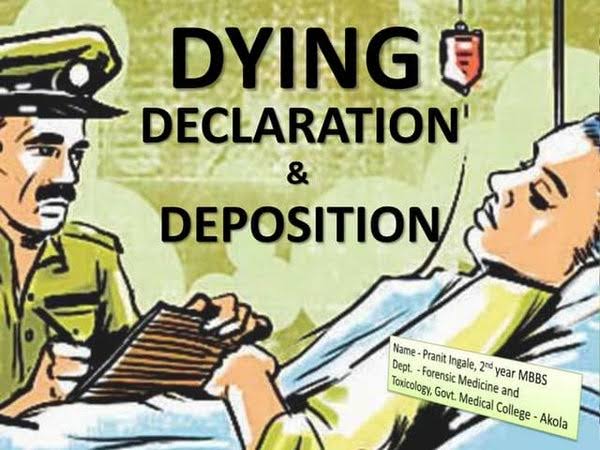Pasayat, C.J.@mdashBy accepting prayer for decree for dissolution of the marriage petition filed under Sec. 10 of the Indian Divorce Act, 1869 (in short ''the Act'') was disposed of by the learned Judge, Family Court, Ernakulam, granting a decree of divorce. Reference has been made to this court, as required under Sec. 17 of the Act. Petitioner filed the petition alleging that his wife was leading an immoral life and was living in adultery. It was stated that in spite of best efforts, the name of the alleged adulterer could not be known. The foundation of the claim of adultery was that the respondent refused to have sexual relationship with him. But notwithstanding lack of sexual relationship between them, a child was born to the respondent, and it is sufficient to show that she was living in adultery. Respondent remained ex parte during trial. Learned trial Judge accepted the evidence tendered by the petitioner and held that the respondent was living in adultery. When the matter is taken up, none appeared for the respondent. Section 11 of the Act mandates impleadment of the alleged adulterer as co-respondent. However, petitioner can be excused from doing so on one of the following grounds, if allowed by the court:
(1) that the respondent is leading the life of a prostitute, and that the petitioner knows of no person with whom the adultery has been committed.
(2) that the name of the alleged adulterer is unknown to the petitioner, although he has made due efforts to discover it;
(3) that the alleged adulter is dead.
In the case at hand, an application was filed before the learned trial Judge taking the stand that in spite of best efforts the name of the alleged adulterer could not be known, and that due efforts have been made to discover it, but without any result. The object of Sec. 11 being the prohibition of any form of collusive divorce, as a matter of course and mere formality, presence of the corespondent cannot be dispensed with. The party applying for exemption has to satisfy the court that all possible efforts have been made to discover the name of the alleged adulterer. Section 11 makes it obligatory on a husband when he petitions for dissolution of marriage on the ground of adultery to make the alleged adulterer a co-respondent unless he is excused from doing so on one of the three ground mentioned. Until leave is actually obtained the suit cannot proceed. A formal application has to be made before the trial and it has to be supported by evidence that the conditions of Sec. 11 have been complied with Justice and fair play demand that the co-respondent in adultery should also be brought to court to enable him to get a clean bill should he so deserve. Again the inclusion of co-respondent eliminates the chance of collusion or connivance. Though the section apparently lays down a procedural matter, it seems to have great importance in public policy. In the case at hand, learned trial Judge was satisfied that due efforts had been made to discover the name of the alleged adulterer, but without any result.
2. Having considered the materials brought on record by the petitioner in support of his stand, we are in agreement with the view expressed by the learned trial Judge. He also recorded a positive finding that there was no collusion between the parties.
The decree is accordingly affirmed and the reference is accepted.

